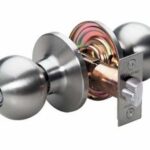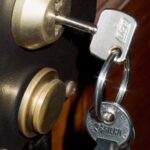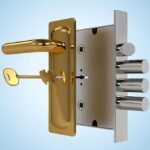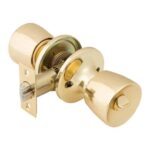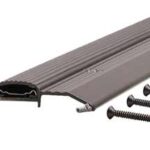Learn how to rekey a lock yourself and save money. This step-by-step guide walks you through the process, explaining the tools needed, the steps involved, and tips for a successful rekeying project.
Highlights:
- Re-keying a lock can improve your home security.
- Re-keying saves you money because you don’t have to replace all of the hardware
Rekeying a lock is a smart way to enhance your home security without the hassle and expense of replacing the entire lock system. This simple process involves changing the pins and springs within the lock cylinder, rendering your old keys useless. Whether you’ve just moved into a new home, lost a key, or experienced a security concern, rekeying is a cost-effective and efficient way to make your locks secure without replacing them.
Why Rekey Your Locks?
- Enhanced security. Prevent unauthorized access after an unsuccessful repair, lost key, a break-in, or when moving into a new property.
- Cost-effective. Rekeying is significantly cheaper than replacing your locks and hardware.
- Quick and easy. Most rekeying jobs can be completed in under an hour with the right tools.
Rekeying Basics
Rekeying is possible for most standard pin tumbler locks, including knob locks and deadbolts. You’ll need a rekeying kit, also known as a pinning kit, which typically includes:
- Ring remover. To access the lock cylinder
- Plug follower. To remove and replace the plug
- Cylinder follower. To secure the cylinder
- New keys: The only keys that will work with the rekeyed lock
- Original key. You’ll need the working key for the lock you’re rekeying
Rekeying kits can be purchased at most hardware stores, home improvement centers, and online retailers. Important: Be sure to choose a kit that is compatible with your specific lock brand.
How To Rekey A Lock, Step-by-Step
Here is the step-by-step process for rekeying your lock with a rekeying kit:
- Prepare your workspace. Clear a well-lit table or counter and gather your tools.
- Remove the lock cylinder. To do this:
- Insert the original key and turn it slightly (usually a quarter turn).
- Use the ring remover tool (included in the kit) to remove the retaining ring or cap that holds the cylinder in place.
- Gently pull out the cylinder.
- Remove the plug.
- Insert the plug follower into the back of the cylinder and push out the plug.
- Keep steady pressure to prevent the pins and springs from falling out. This is important because, if they fall out, putting them back in can be difficult—but most rekeying kits include instructions on how to reinsert them.
- Remove the old pins. Carefully dump them out from the plug.
- Insert the new key that came with the rekeying kit into the plug.
- Insert the new pins, following the instructions in the rekeying kit. The new pins should align with the cuts in the new key.
- Reassemble the lock.
- Carefully reinsert the plug into the cylinder.
- Make sure the plug follower is still in place to keep the pins aligned.
- Replace the retaining ring or cap.
- Reinstall the lock cylinder back into the door.
- Test the lock. Try the new key to ensure the lock functions properly.
When Replacing a Lock is the Better Option
While rekeying is often a practical and cost-effective solution, there are situations where replacing the entire lock makes more sense:
- Lost all keys. If you’ve lost all copies of your existing key, rekeying is not possible. Then again, if the lock itself is in good working condition, a locksmith may be able to make a new key for you.
- Damaged lock. A broken or malfunctioning lock needs to be replaced to ensure proper security.
- Style upgrade. If you’re looking to change the appearance of your door hardware, rekeying won’t address that.
FAQs for Rekeying Locks
Can I rekey any type of lock?
Most standard pin-and-tumbler locks can be rekeyed. However, DIY rekeying may not work on some high-security locks or those with electronic components.
How much does it cost to rekey a lock?
Rekeying a lock yourself can cost as little as $10 to $30 for a rekeying kit. Hiring a locksmith typically costs between $50 to $100 per lock.
Is rekeying a lock difficult?
While rekeying a lock requires some mechanical skills and attention to detail, most homeowners can tackle the job with the right tools and instructions.
How long does it take to rekey a lock?
The process can take anywhere from 15 minutes to an hour, depending on your experience level and the complexity of the lock.
Can I rekey a lock myself without a rekeying kit?
Technically, yes, but it’s not recommended. Rekeying kits include the correct tools and pin sizes for your specific lock, ensuring a successful and safe rekeying process.



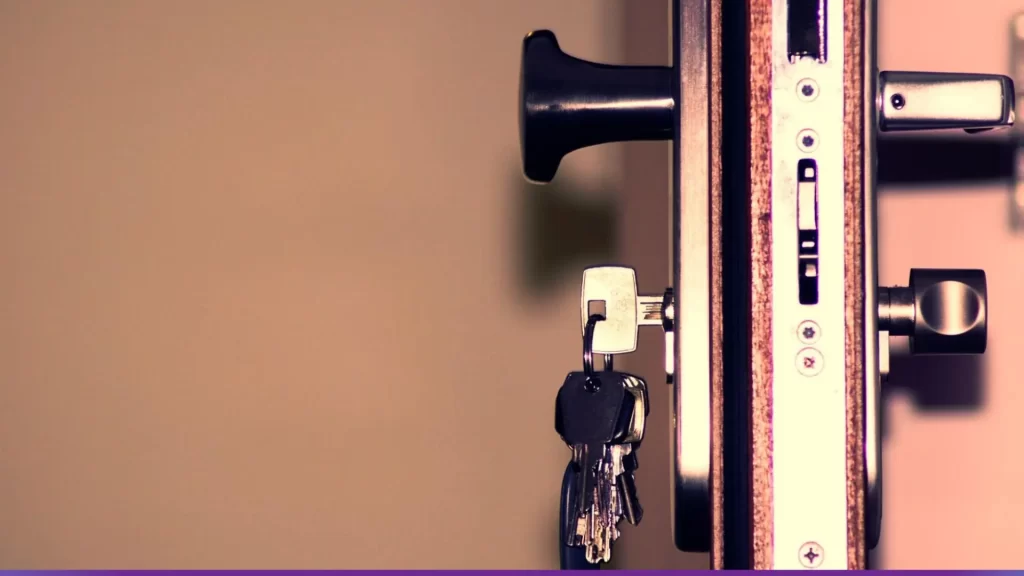
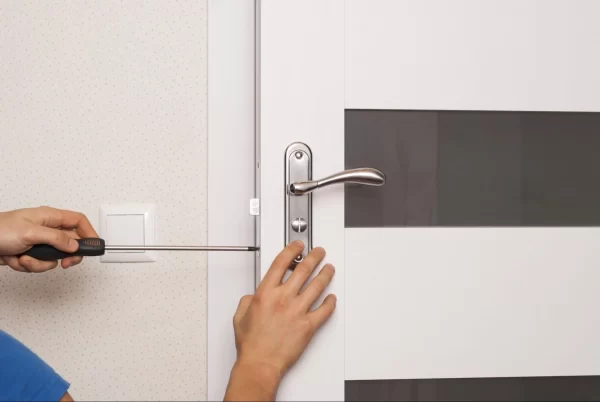
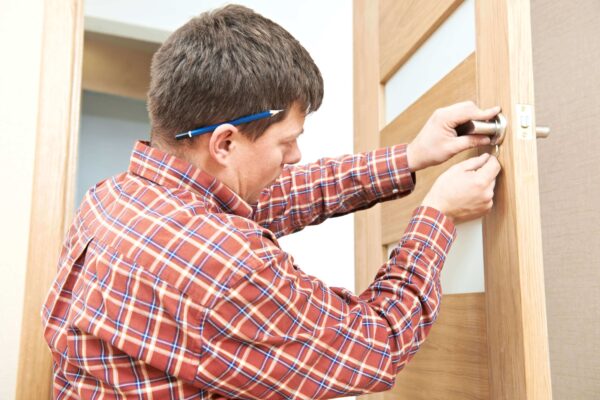
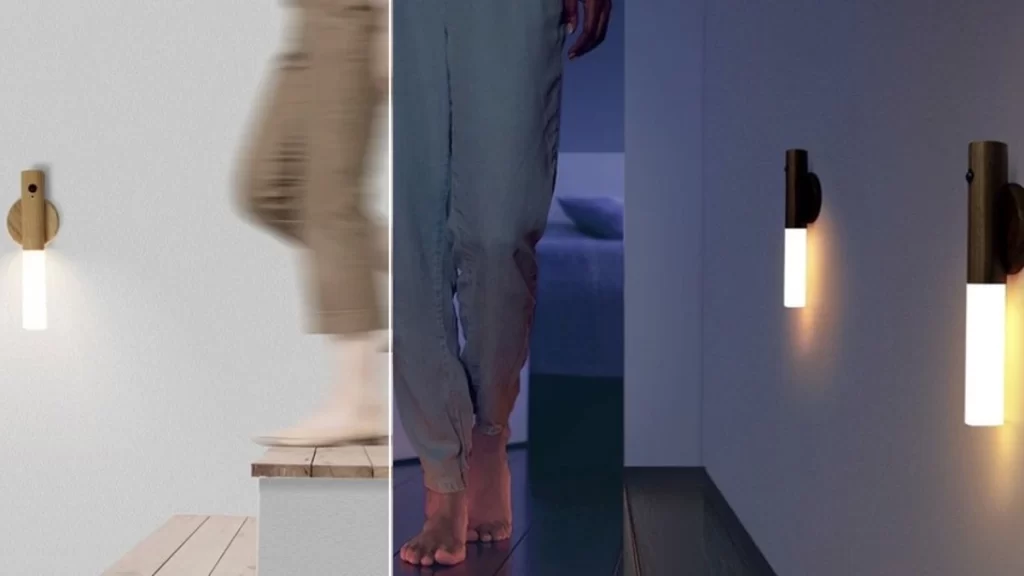



 Don Vandervort writes or edits every article at HomeTips. Don has:
Don Vandervort writes or edits every article at HomeTips. Don has:
